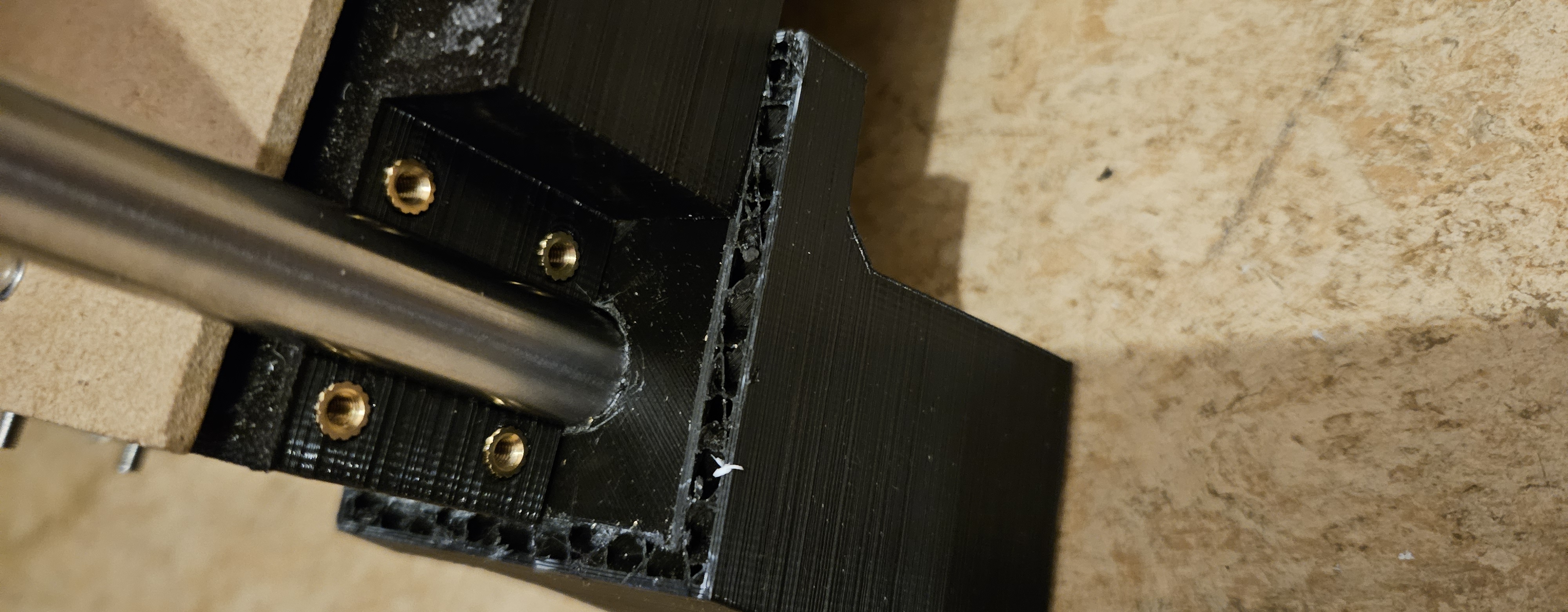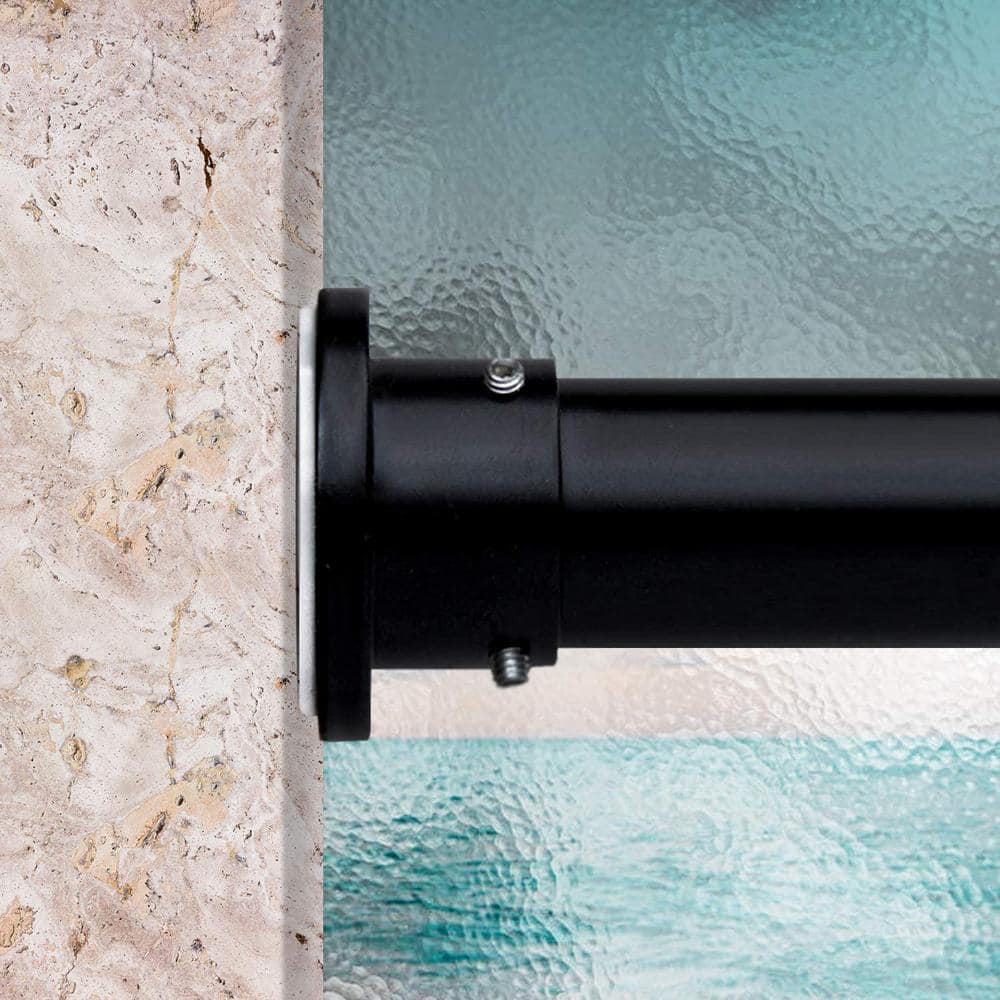Converting Feet To Rods: Understanding The Measurement Relationship
Converting measurements can often be a daunting task, especially when dealing with lesser-known units like rods. In the realm of land measurement and surveying, understanding how to convert feet to rods can be incredibly useful. This article delves into the relationship between these two units of measurement, shedding light on their historical significance and practical applications. Whether you're a surveyor, a land developer, or simply someone intrigued by measurement conversions, this guide will provide you with a comprehensive understanding of how feet and rods relate to one another.
Rods are a traditional unit of length that originated in the realm of agriculture and land measurement, primarily used in the United Kingdom and the United States. One rod is equivalent to 16.5 feet, making it essential to know how to convert feet to rods in various contexts. By mastering this conversion, you can enhance your ability to interpret land measurements, which can ultimately lead to more informed decisions in real estate, agriculture, and landscaping.
This article will cover everything you need to know about converting feet to rods, including the formula for conversion, practical examples, and even some historical context surrounding these units of measurement. By the end of this article, you will have a solid grasp of how to navigate the conversion between feet and rods with ease.
What is the Conversion Formula for Feet to Rods?
To convert feet to rods, you can use a simple formula. Since one rod is equal to 16.5 feet, the conversion can be expressed as:
Number of rods = Number of feet ÷ 16.5
Why Are Rods Used in Measurement?
Rods have historical significance and were commonly used in land measurement before the adoption of the metric system. Here are some reasons why rods are still relevant today:
- Land Measurement: Rods are often used in agricultural land measurements.
- Surveying: Surveyors still use rods for measuring distances in certain contexts.
- Traditional Use: In some regions, rods are still a familiar unit among locals.
How Many Feet Are in a Rod?
As mentioned earlier, one rod equals 16.5 feet. This historical unit has its roots in the length of a typical plow used in agriculture, making it practical for farmers in the past.
How Do You Convert Feet to Rods Practically?
To convert feet to rods in a practical sense, follow these steps:
- Measure the distance in feet that you wish to convert.
- Use the conversion formula provided earlier.
- Calculate the number of rods by dividing the total feet by 16.5.
- Round as necessary depending on the precision required.
What Are Some Real-World Applications of Feet to Rods Conversion?
The conversion from feet to rods can be useful in various real-world applications:
- Agricultural Planning: Farmers may use rods to measure field sizes.
- Land Surveying: Surveyors often encounter rods in their work.
- Construction: Builders may need to convert measurements for foundations.
What Are the Advantages of Using Rods in Measurement?
While feet are more commonly used today, rods still offer several advantages:
- Historical Context: Rods provide a glimpse into historical land measurement practices.
- Precision: For certain applications, rods can offer precise measurements.
Can You Provide Examples of Converting Feet to Rods?
Absolutely! Here are a few example conversions:
- Example 1: Convert 33 feet to rods.
33 feet ÷ 16.5 = 2 rods. - Example 2: Convert 49.5 feet to rods.
49.5 feet ÷ 16.5 = 3 rods. - Example 3: Convert 100 feet to rods.
100 feet ÷ 16.5 ≈ 6.06 rods.
What Resources Are Available for Further Learning?
For those looking to dive deeper into the world of measurements and conversions, consider the following resources:
- Online Conversion Tools: Websites and apps that offer conversion functionalities.
- Mathematics Textbooks: Books covering measurement systems and conversions.
- Surveying Courses: Classes that teach about land measurement and surveying techniques.
Conclusion: Why Understanding Feet to Rods Matters?
In conclusion, understanding the conversion from feet to rods is not only essential for those in specific professions but also enriches our appreciation for historical measurement systems. By learning how to convert these units, you can make informed decisions whether you are surveying land, buying property, or simply satisfying your curiosity about measurements. The next time you encounter a measurement in feet, remember that converting it to rods is just a calculation away!



Detail Author:
- Name : Prof. Mozelle Bergnaum
- Username : wschowalter
- Email : katheryn.nienow@hotmail.com
- Birthdate : 1996-09-24
- Address : 899 Greenholt Dam Suite 491 Bartbury, LA 01544
- Phone : +1.224.452.2798
- Company : Mosciski Ltd
- Job : Electrical Engineering Technician
- Bio : Maiores sed cupiditate explicabo minima optio nulla veritatis. Aspernatur repellat voluptas ut harum. Blanditiis autem et beatae praesentium. Magnam id molestiae est aperiam.
Socials
instagram:
- url : https://instagram.com/kaleigh_douglas
- username : kaleigh_douglas
- bio : Adipisci quod aliquam harum quaerat consequatur. Dicta temporibus sit officiis est.
- followers : 3318
- following : 1052
linkedin:
- url : https://linkedin.com/in/kdouglas
- username : kdouglas
- bio : Iure nostrum sint debitis doloribus cum ut.
- followers : 3599
- following : 2777
twitter:
- url : https://twitter.com/kdouglas
- username : kdouglas
- bio : Natus ducimus numquam aliquam ut explicabo aut. Hic alias nostrum omnis velit. Quia voluptas aut ratione fugiat. Ut vel nihil ut distinctio sunt eum a.
- followers : 5774
- following : 1958
tiktok:
- url : https://tiktok.com/@kaleigh.douglas
- username : kaleigh.douglas
- bio : Repellat fugit facilis est non ut.
- followers : 6093
- following : 371
facebook:
- url : https://facebook.com/kaleighdouglas
- username : kaleighdouglas
- bio : Iure consectetur sapiente et praesentium quia dolores reiciendis.
- followers : 2877
- following : 793